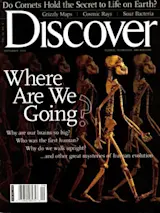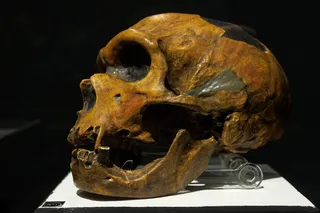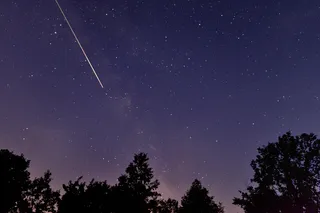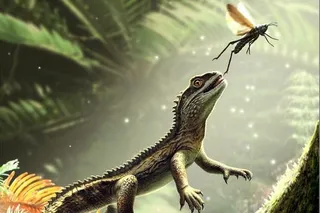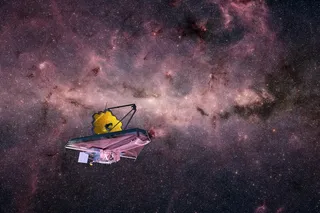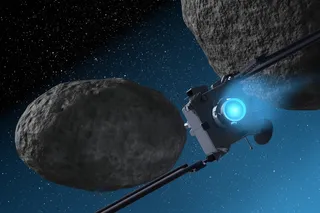Unnatural Selection
American scientists played a key role in the shameful history of eugenics
By Carl Zimmer
War Against the Weak
Eugenics and America's Campaign to Create a Master Race Edwin Black, Four Walls Eight Windows, $26
James Watson, the co-discoverer of DNA's double helix, thinks the world would be a better place if there were fewer stupid people. "If you really are stupid, I would call that a disease," Watson said on the documentary DNA, which aired in Britain in March. "The lower 10 percent who really have difficulty, even in elementary school, what's the cause of it? A lot of people would like to say, 'Well, poverty, things like that.' It probably isn't. So I'd like to get rid of that, to help the lower 10 percent." His solution: engineering the genes that influence intelligence in order to eliminate stupidity in future generations. It would be foolish for ...


